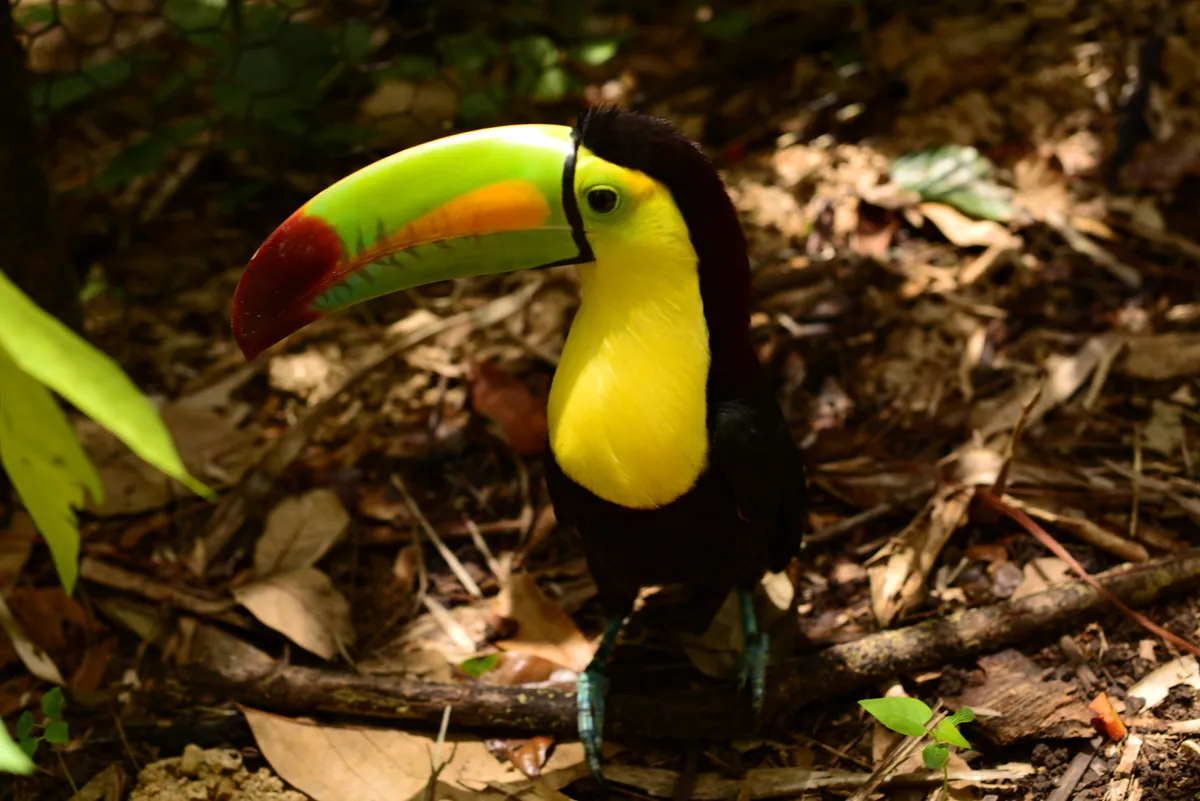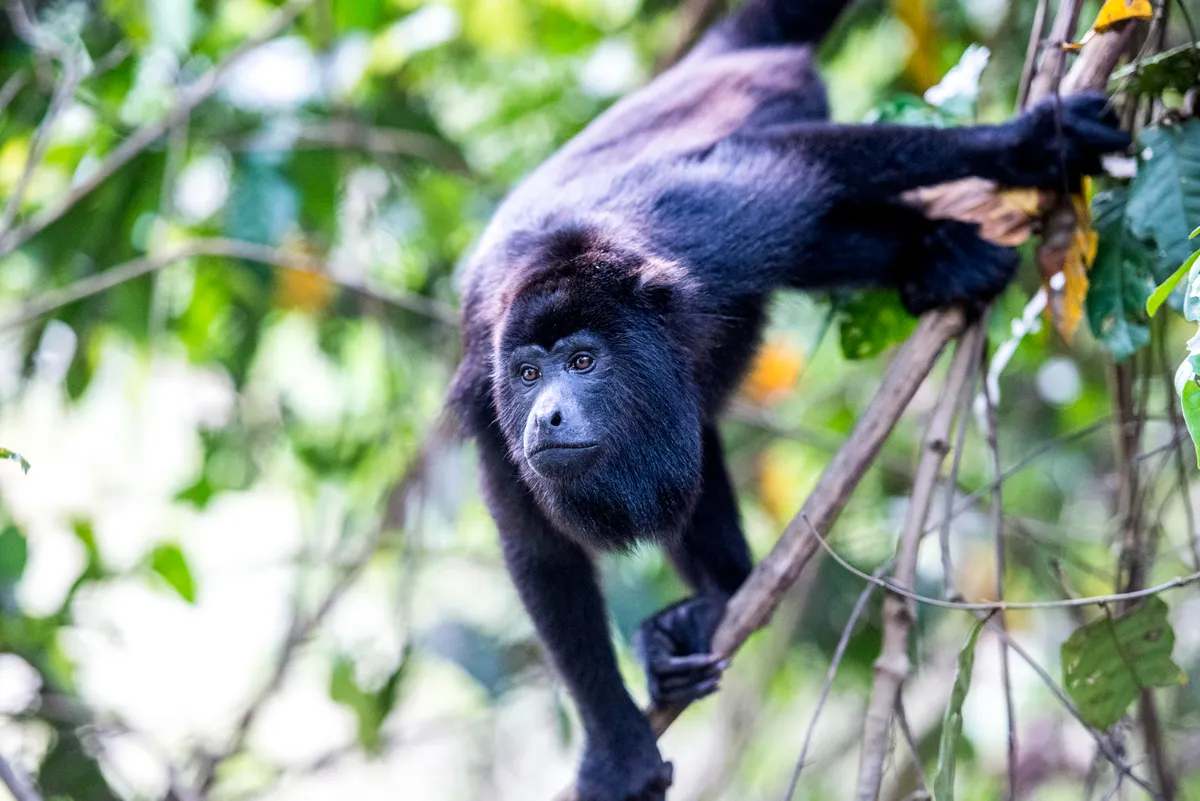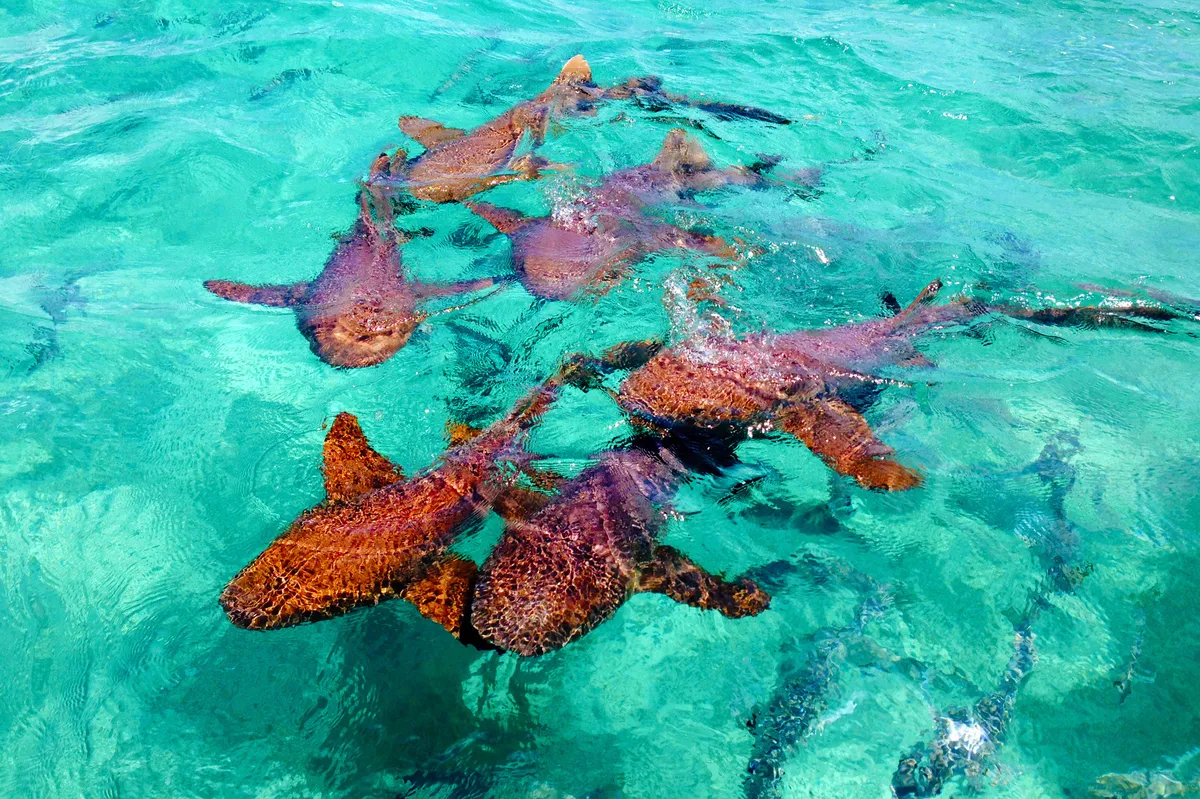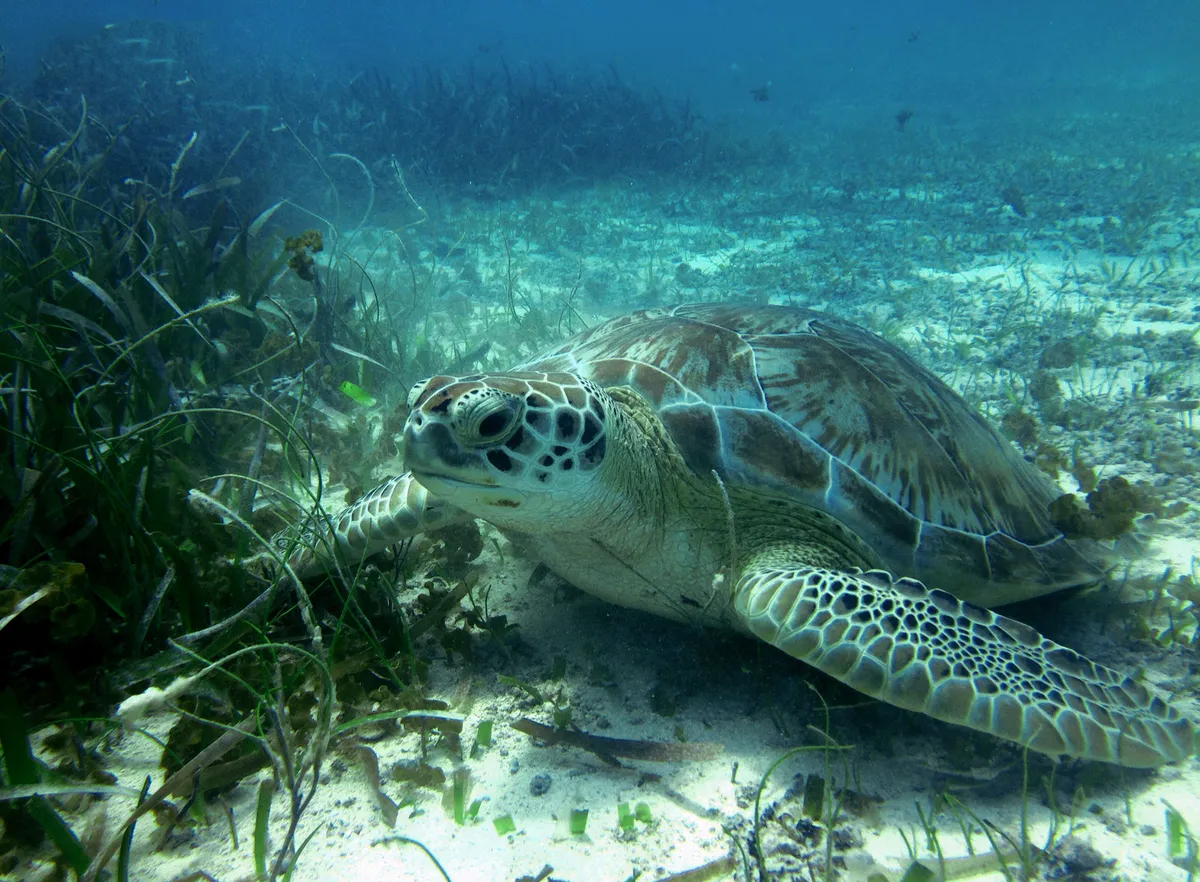Belize is surely the biggest little country in the Americas – in terms of its natural and cultural diversity, at least. True, this compact land tucked between Mexico, Guatemala and the Caribbean is modest in size, spanning a little under 23,000 sq km – only just bigger than Wales – with the region’s lowest population density.
But those facts belie the astonishing variety of natural and historical marvels crammed into its land- and seascapes. For perhaps 2,000 years this was a heartland of the Maya civilisation, and you can roam the jungle-set remains of magnificent temples, plazas and ball courts at sites such as Lamanai, Caracol and Lubaantun in the west and south.
Today the country is a true cultural melting pot: the descendants of those ancient Maya live still in small settlements in southern Belize, while throughout the country you’ll mostly hear people speaking Kriol – related to English, the official language, but also influenced by Spanish and African tongues.
Animal magic
Belize’s spectacular wildlife is the biggest draw, though. From the tropical forest covering around 60% of the land, to coastal mangroves and the balmy waters of the Caribbean, Belize encompasses an array of rich habitats, home to several thousand plant species.

Within these landscapes you can spot more than 500 bird species, including the keel-billed toucan – with its paintbox-daubed, oversized bill – dazzling hummingbirds, vividly coloured parrots, soaring raptors and huge jabiru storks.
Belize is home to dozens of mammal species, too. Jaguars prowl protected areas including Río Bravo Conservation Area and Cockscomb Basin Wildlife Sanctuary, along with other feline predators such as ocelot, margay and jaguarundi.
The national animal is Baird’s tapir, known locally as the ‘mountain cow’, a hefty ungulate with a flexible proboscis that – if you’re extremely lucky – you might spot in Tapir Mountain Reserve.

You’ll certainly hear the noisy denizens of Community Baboon Sanctuary, the aptly named howler monkeys, whose calls resound through the forest.
And on the coast, endangered Antillean manatees cruise the lagoons, mangroves and creeks of Gales Point Wildlife Sanctuary, which is also a nesting site for critically endangered hawksbill turtles that lumber ashore to lay their eggs between May and November.
Reef encounter
Sweeping in a smooth arc for nearly 300km just off the coast, Belize’s Barrier Reef is the world’s second-longest. This Unesco World Heritage-listed wonder is as diverse as it is beautiful, a vast complex of varied coral reef types, atolls, mangrove cays and sandy islands.

Some visitors simply enjoy the sunshine and warm waters of laid-back islands such as Caye Caulker and Ambergris Caye, both renowned for superb snorkelling. Take a boat trip to Hol Chan Marine Reserve and Shark Ray Alley to fin among nurse sharks and stingrays. Others flock to admire the large colonies of birds such as common noddy and both brown and red-footed booby.
It’s under the waves that Belize’s Barrier Reef really dazzles, though. Headline acts such as the preternaturally circular Great Blue Hole – a vast cenote or sinkhole some 318m across and about 125m deep – have long drawn scuba-divers.

In total, some 1,400 other species inhabit the reef, including sea turtles, manatees, and diverse sharks and rays, among about 500 fish species. The biggest of these – the whale shark, growing to over 10m long – hoovers up plankton in the waters around Gladden Spit between March and June. Boat trips from Placencia take divers to swim alongside these star-spangled behemoths.
Conservation nation

Over a quarter of Belize’s total area is protected through a network of dozens of national parks, nature reserves and wildlife sanctuaries. No fewer than seven protected areas encompass key parts of the Barrier Reef, which is the focus of various conservation projects.
Some are large-scale programmes, including the work undertaken by WWF together with Belize’s government to develop a long-term coastal ecosystem plan. Some are local projects involved NGOs – hawksbill turtle monitoring at Glover’s Reef Atoll, involving the Wildlife Conservation Society, for example. Others are inspiring grass-roots projects. such as the community-based organisation Fragments of Hope’s coral restoration efforts, planting and monitoring coral on the coast near Placencia.
On land, conservation work includes mounting patrols through Chiquibul National Park, the country’s largest, aiming to deter wildlife crime and protect Belize’s last remaining scarlet macaws.
Getting there and around
Outbound flights from the UK typically involve an overnight in North America, commonly in New York, Toronto, Miami or Houston. The return journey often enjoys speedier connections, and can take under 13 hours. Visitors from the UK, the EU and several other countries don’t need a visa, though you may require one for the US if you overnight en route.
Small planes fly to various destinations around Belize, and water taxis serve islands on the Barrier Reef. Hire cars and buses fill in the gaps on land.
Discover your tailor-made trip to Belize with Original Travel.
